In a rapidly developing economy, road construction and infrastructure are the lifeblood of a nation. They form the foundation for growth and connectivity, enabling the flow of people and goods. Beyond just facilitating transport, well-executed road construction projects are critical drivers of trade, attract investment, and significantly improve the quality of life for citizens.
Effective management and maintenance of road projects are key to ensuring sustainable economic growth, strengthening national security, and successful international integration. But what exactly constitutes a road construction project, and what are its key components? Let’s take a closer look.
What is Road Construction? A Detailed Definition
According to Vietnam’s Road Traffic Law 2008, a road construction project encompasses a wide range of elements beyond just the paved surface. This includes:
- The Road Itself: The primary travel surface.
- Ancillary Structures: Parking areas, traffic lights, signs, road markings, posts, fences, traffic islands, dividers, milestones, walls, embankments, drainage systems, vehicle weigh stations, toll booths, and other supporting facilities.
The primary functions of these components are to ensure safe and convenient travel for all vehicles and people. They optimize the operation of the transportation system, facilitate maintenance, control vehicle weight, manage tolls, and guarantee traffic safety under all weather conditions or unforeseen incidents.
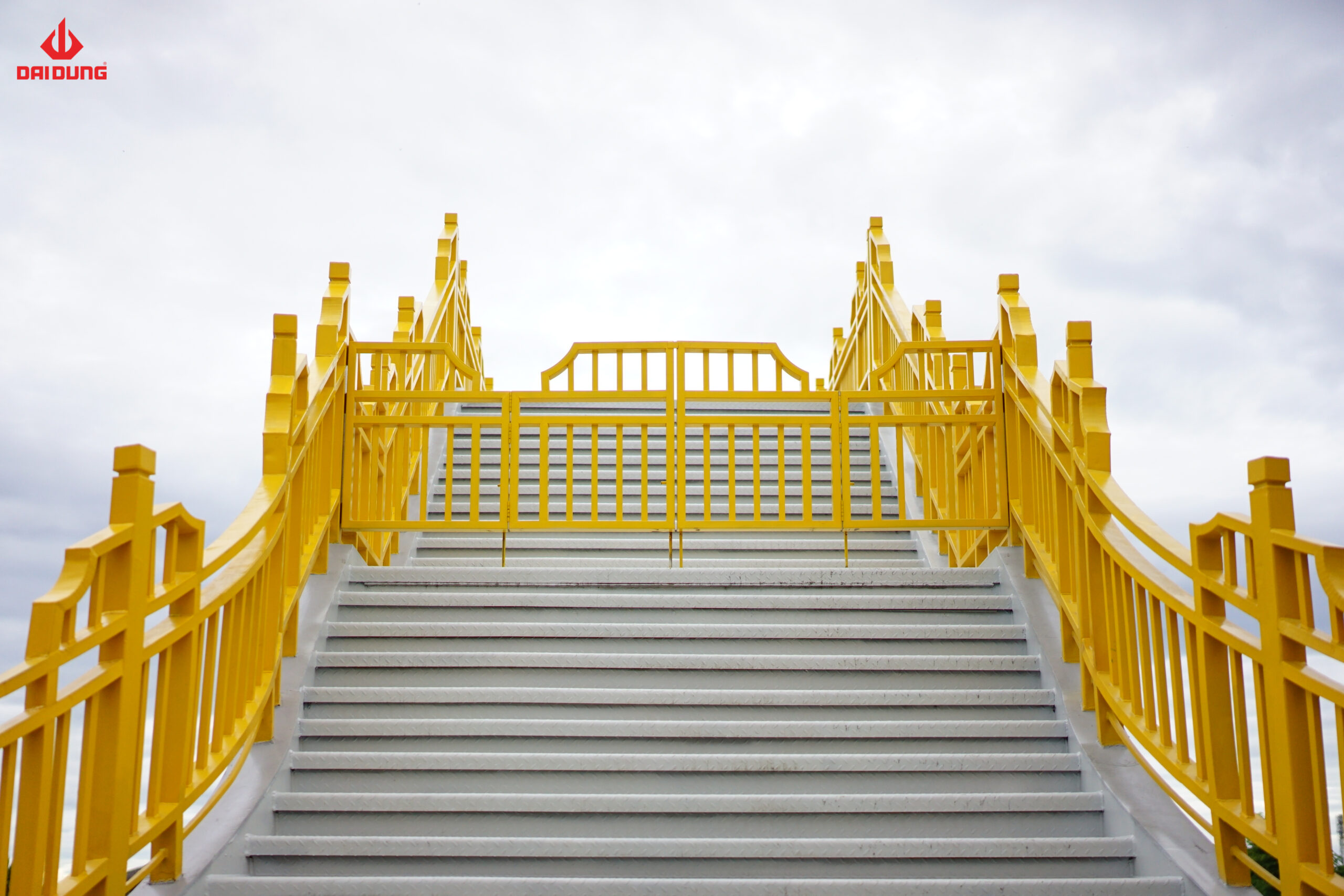
Key Components of a Road Construction Project
A complete road construction project is made up of several key parts:
- Subgrade: The foundation of the road. This is the portion of land that has been prepared (either filled or excavated) to support the entire road structure.
- Pavement: The layers built on top of the subgrade to bear the weight of vehicles. This typically includes a base layer and the final surface layer.
- Drainage Systems: These elements, such as culverts and ditches, are designed to collect and divert rainwater and groundwater away from the road. This is crucial for protecting the structural integrity of the road and ensuring safety.
- Bridges: Structures that allow the road to cross obstacles like rivers, streams, railways, or other roads. Pedestrian bridges are also included to maintain the continuity of the road network.
- Traffic Safety Systems: These are essential for preventing accidents and ensuring smooth operation. They include road signs, lighting, guardrails, dividers, road markings, and warning systems.
- Auxiliary Facilities: Structures that support the operation and maintenance of the road network. Examples include toll stations, weigh stations, bus stops, Intelligent Transportation Systems (ITS), retaining walls, and parking lots.
How Road Construction Projects are Classified
Road projects are typically classified based on various criteria, with the most common being their purpose and their scale or technical standards.
- Classification by Purpose The road network is divided into several types, including national highways, provincial roads, district roads, communal roads, urban roads, and specialized roads. These can be grouped into two main categories:
- Public Roads: These roads serve the general travel needs of the public and are managed and funded by the state. This category includes national highways, provincial roads, and urban roads.
- Specialized Roads: These are internal roads that serve the specific transportation needs of a particular organization, company, or individual. Examples include roads within industrial parks, farms, or military zones.
- Classification by Scale and Technical Standards Road projects are also graded by scale, design speed, cross-section size, and traffic volume. This classification system includes:
- Special Grade Projects: These are large-scale, complex road systems that play a critical role in the national transportation network, such as major highways or tunnels with unique technical requirements.
- Grade I, II, III, and IV Projects: This classification system uses progressively lower technical standards for scale, design speed, and traffic density. Grade I roads are typically major national highways, while Grade IV roads are smaller-scale rural or local roads.
DaiDung Group’s Expertise in Road Construction
DaiDung Group is a leading Vietnamese company specializing in mechanical manufacturing, steel structures, and EPC contracting for large-scale projects, including many notable road construction and bridge projects. Some of their key contributions include:
- Ánh Trăng Trade Port Bridge (Hoi An): A contemporary pedestrian bridge with a unique half-moon arch design, connecting the two banks of the Hoai River.

- Mikazuki Bridge (Da Nang): A road bridge built with a budget of 42 billion VND, standing nearly 11m high and over 140m long, significantly improving Da Nang’s transportation infrastructure.
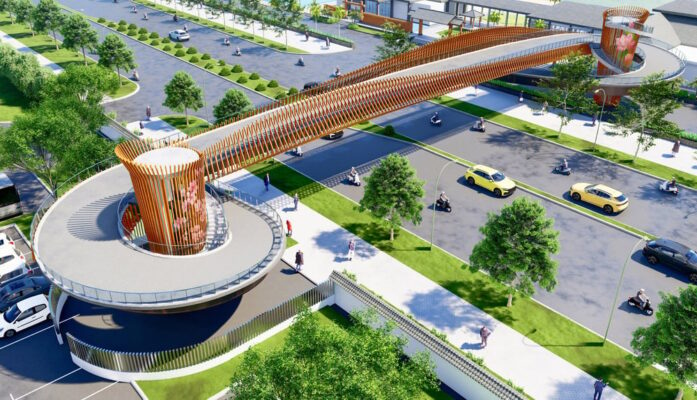
- Bridge 19 (Thu Thiem Tunnel): Part of a major interchange project, this bridge directly connects the Thu Thiem Tunnel to Mai Chi Tho Boulevard.
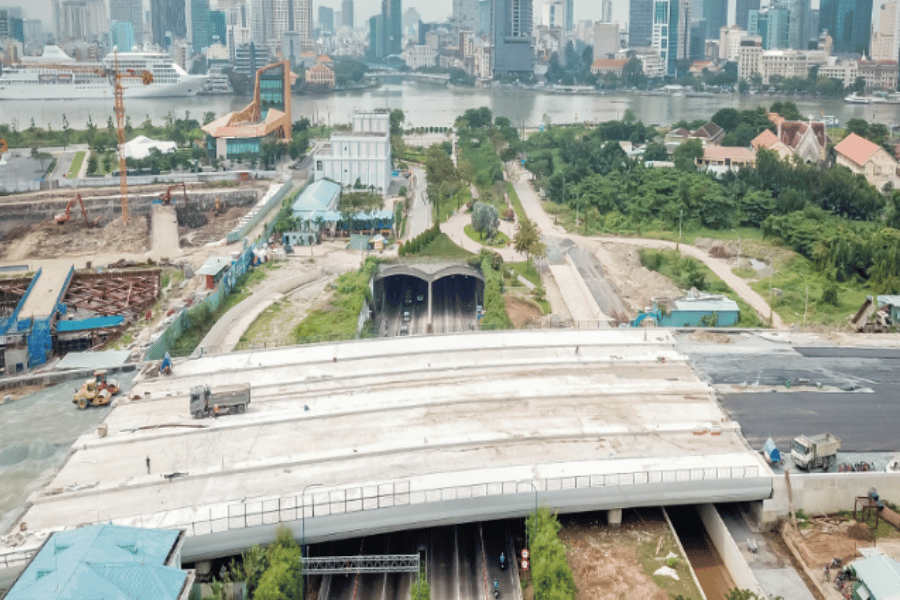
- Happy One Central Glass Bridge: The highest glass bridge in Vietnam, connecting two high-rise apartment towers. DaiDung Group used high-strength steel and reinforced glass to construct this unique project.
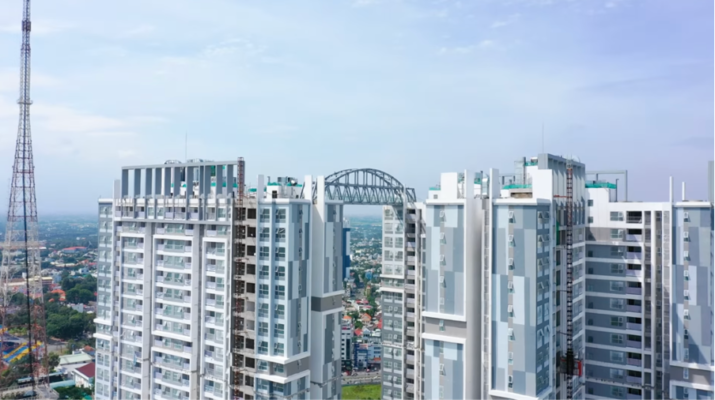
- Thailand Bridge Project: DaiDung Group’s participation in a bridge project in Thailand demonstrates their growing reputation and capability in the international market.
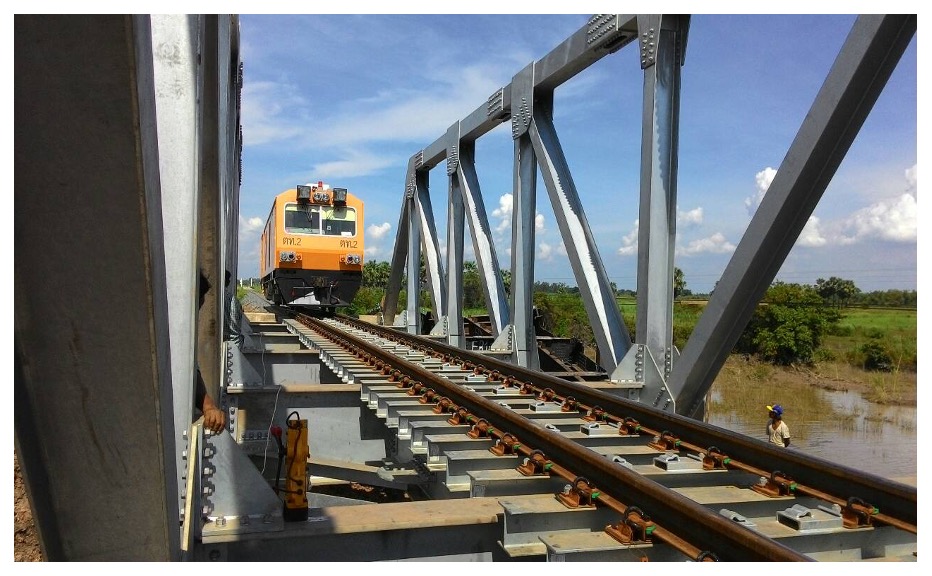
- Lotte Hanoi Glass Bridge: A prominent architectural feature of the L7 WEST LAKE Hotel, showcasing the group’s expertise in large-scale construction.
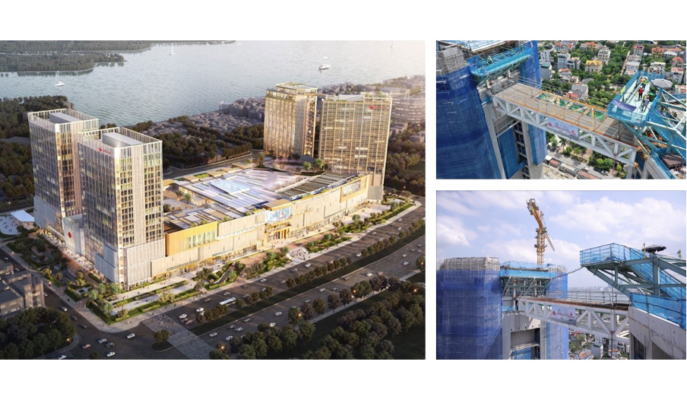
Road construction is the backbone of a nation’s transportation network, connecting regions and driving economic and social development. By adopting new technologies, adhering to international standards, and leveraging the expertise of leading Vietnamese contractors like DaiDung Group, the country can continue to improve the quality, longevity, and efficiency of its road infrastructure.
